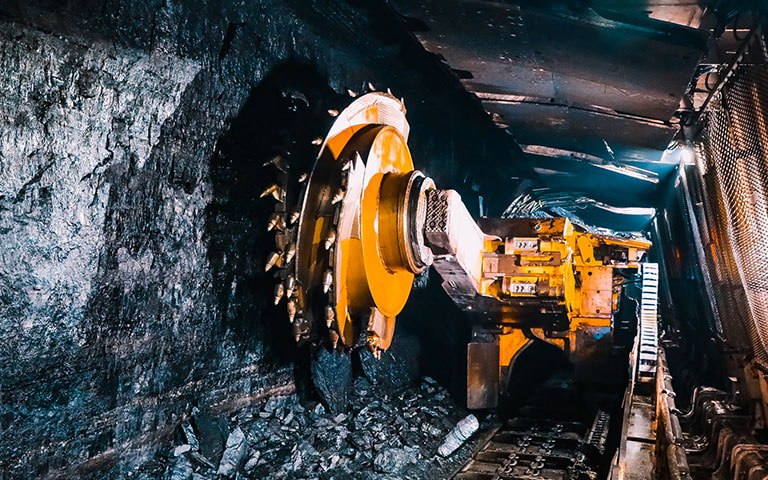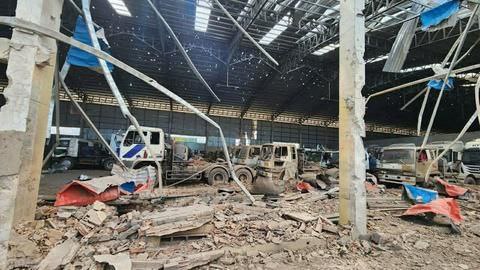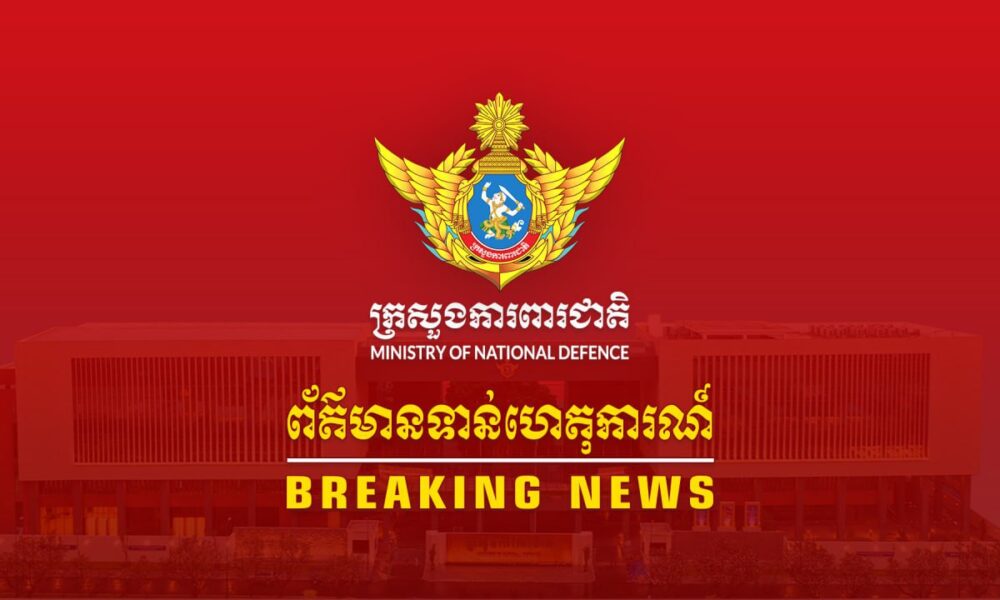Unified standards, architecture and data formats are key to unlocking intelligent mining
By Guo Zhenxing, Vice President, Coal Mine Team, Huawei

Making the mining industry intelligent requires collaboration across different disciplines. The right architecture can make it happen, allowing different systems to communicate with each other using a unified operating system and consistent data standards. Meanwhile, AI platforms can streamline data, eliminate information silos, and shorten application development cycles.
Here’s a look at the three key technologies that will make this possible.
Key technology 1: MineHarmony, an operating system (OS) that unifies data standards to enable mining equipment to speak the same language
Currently, intelligent mining is plagued by fragmented standards. It is still difficult and costly to connect different enterprise systems, hindering data sharing and data transfer.
On top of that, different types of production equipment use varied interface standards.
MineHarmony is an operating system designed for building fully connected intelligent mines. MineHarmony-based Mining IoT platforms use sensing technology to ensure consistent data standards at data sources and enable synergy among multiple systems.
For example, a coal shearer usually uses three operating systems, three communications protocols, and 161 kinds of chips. MineHarmony ensures consistent data protocols and formats and simplifies connections between different equipment, making intelligent collaboration possible.
On the terminal side, MineHarmony enables the upgrade of both old and new sensors, equipment, and portable devices, supporting interconnectivity, synergy, and collaboration between different types of terminals. On the network side, MineHarmony supports smooth data transmission to the cloud through reliable and efficient integrated mining bearer networks built using 5G, F5G, and Wi-Fi 6 technologies. This operating system also realizes cross-system data interconnection, which is key to intelligent system development and application replication in batches, laying a solid digital foundation for intelligent mines.
Key technology 2: Data lakes and digital platforms that streamline data and improve application development efficiency
Equipment running on MineHarmony shares unified communications protocols, so data can be transmitted across all kinds of mining production equipment. But live networks still have massive amounts of equipment data not connected to MineHarmony.
In this case, we can adopt a two-layer architecture consisting of group cloud and edge cloud. Under this architecture, Huawei Cloud provides the ROMA solution (data integration and computing services) to integrate data into the digital platform, and the DGC solution (data governance service) to perform data governance and filtering.
In this way, useful data can be integrated into mining companies’ management systems to improve their daily operating and management efficiency, and ensure their full control over operations. The purpose of pooling data into data lakes, data integration, and data governance is to sort out and accumulate digital assets, and provide comprehensive data analysis. This will allow mining companies to use data assets more efficiently and easily, and make their services more agile.
Since February 2021, Shaanxi Coal and Chemical (Hongliulin) and Huawei have been working on the top-level design of the mining industrial Internet architecture. Now, data from Hongliulin Coal Mine’s production system is fully integrated into the data lake, making data consistent, systems interconnected, and application development easier. Hongliulin has bid farewell to passive and manual production operations and campus management, and embraced a more efficient, unified, and automated approach.
Key technology 3: The Pangu Mine Model that unlocks the value of data and enables large-scale development of industrial AI applications
As AI continues to evolve, it is beginning to see broad adoption by traditional mining and manufacturing companies. But the current model that the mining industry uses to develop AI applications is outdated, because it is developing customized AI applications for each specific scenario that may not be adaptable to other ones.
A common and user-friendly system for AI application development is key to addressing this problem and crucial for supporting wide adoption of AI applications in the coal industry.
In April 2021, Huawei officially released the Pangu Model series, which includes the Chinese natural language processing (NLP) model, computer vision (CV) model, multi-modal model, and scientific computing model. The Pangu Model can find the commonalities between different data items by efficiently extracting knowledge from massive amounts of data. These commonalities can be used to develop a pre-trained model that hosts a super-large number of network parameters, and this pre-trained model can be further fine-tuned to quickly adapt to a wide range of scenarios. Compared with the traditional model, this development approach can increase industrial AI application development efficiency by more than 10-fold, and it delivers better performance.
At the World Artificial Intelligence Conference (WAIC) held in Shanghai in July 2021, Huawei Cloud Pangu Model won the 2021 Super AI Leader (SAIL) Award as it enables universal, generalized, and replicable AI models, presenting a new approach to industrial AI application development.
On October 19, 2021, the AI Computing Center of Jinneng Holding Group’s Intelligent Mining Innovation Lab was officially launched. Huawei’s Coal Mine Team introduced the Pangu Model into the AI Computing Center after thorough research and customer requirement analyses. The Team also has developed the Pangu Mine Model by training large amounts of data from the mining industry. A scenario-based inference model has been created using algorithms trained by the Pangu Model based on video and data of two typical scenarios – underground belt conveyors and tunneling – from coal mines of Jinneng Holding Group.
After several months of testing, this inference model has yielded remarkable results. For example, the inference model can identify over 95% of belt conveyor exceptions in the main transportation system, and over 93% of tunneling violations. The Pangu Model has shortened the development cycle of AI applications in sub-scenarios from months to days.
In essence, the Pangu Model can enable large-scale, replicable, and standardized development of AI applications. It is estimated that the soon to be unveiled Pangu Mine Model will greatly change how the mining industry operates, help develop more scenario-based AI applications, and ultimately enable unmanned and efficient mining operations.
Prospects for the future: Building an AI-centric mining industrial Internet to unlock productivity in the intelligent world
Building intelligent mines is essentially about transforming the industrial system architecture, and a mining industrial Internet that uses unified standards, architecture, and data formats is the only way to make the entire mining production system intelligent.
This requires mining companies to migrate application systems and data to the new industrial Internet in an organized manner. To make this happen, they need to gradually reshape the old architecture and find a new path to upgrade to an intelligent industrial Internet architecture. This means developing new mining applications using cloud-native technologies, the microservice architecture, and DevOps that enables low-code and zero-code agile development.
The road ahead will be long and tough. With the mining industrial Internet architecture, the mining industry can go intelligent through scientific planning and practical initiatives. This will advance the digital economy, and in turn stimulate the real economy and high-quality development of the mining industry.




























